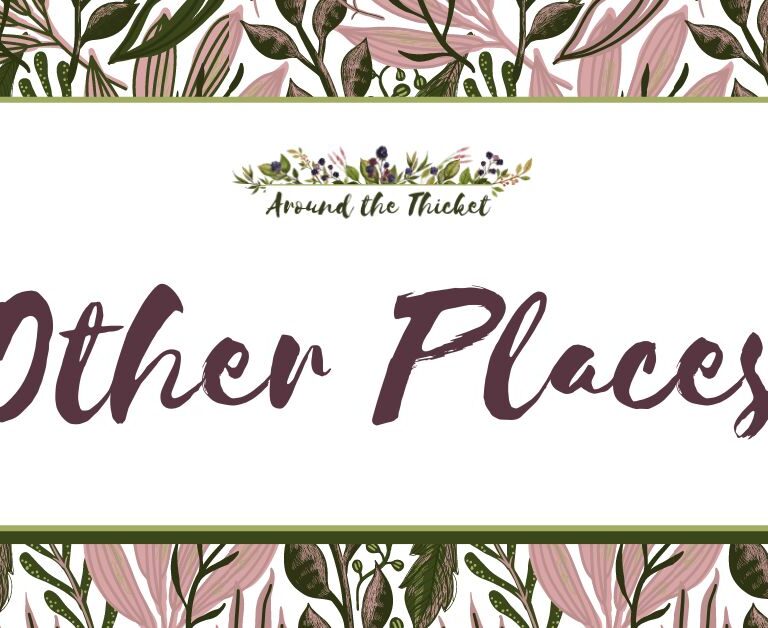On Beautiful Churches
In trying to spend as little money on a worship space as possible or making it nondescript as to make it unassuming or inoffensive, we risk forgetting three things: one, that we worship God in physical bodies in physical spaces; two, that these physical spaces are place of spiritual formation; and three, that all beauty comes from God and is just a taste of his perfection and majesty
Rabekah Henderson, “Why Churches Should Be Beautiful”
What place do aesthetics have in the church? I’ve been reading about the English reformation (Cromwell to Cromwell by John Schofield), and it’s clear that this question reaches back several centuries at the least. For Luther, pictures, images, icons, etc. had a valuable place in churches where most were illiterate. In other factions of the European reformation, these were ruthlessly purged. While the English reformation was stop and start, Elizabeth I appreciated a more aesthetic church. By the time we get to Charles I, however, the Puritans move militantly against such things while the king clung tightly to a movement toward more rich aesthetics in the church.
This is really the first I’m exploring this area of history, so I know little else, apart from my own experiences in physical churches in the US (like the article above focuses on) and in the UK. In the UK there are definitely movements to alter buildings, partly to make them more approachable, but also to make them more multipurpose. When space is at a premium (and when the church receives valuable income from letting rooms in their building), the ability to move chairs out of the way to make a large function room out of the sanctuary isn’t just an evangelistic move – it’s pragmatic. Particularly when you consider the age of many church buildings, the cost of upkeep (and heating…), and in many cases, declining congregations.
What I appreciate about this article, though, is the encouragement to let the church be what it is. It’s a part of our ‘disruptive witness‘ to have buildings (or in the case of churches meeting in rented spaces, paraments, flowers, banners, vestments, etc. as the author of the article mentions) that pull people – even momentarily – out of the immediate present and bring their attention to the transcendent.
Want to find your feet with the Charlotte Mason Way?

Grab my eight day mini course on the Charlotte Mason Essentials when you subscribe to my newsletter. You’ll get daily emails, a mini podcast series, and a printable workbook with reading assignments and action steps. You’ll be on your Charlotte Mason journey in no time!





